
| To Duval Family Home Page | Asia | |
| To Chris Home Page | Turkey | |
| To Earth (Geography Home Page) |
Boğazkale, formerly known as بغزكي (Boġazköy or Boğazköy or Boğazköi), and in ancient times as Hattuša
| Year | Population | Political entity |
| 1600 BCE | Hatušate of Hattuša (Hittite Empire) | |
| 1360 BCE | 45,000 | Hatušate of Hattuša (Hittite Empire) |
| 1200 BCE | 48,000 | Hatušate of Hattuša (Hittite Empire) |
| 2000 CE | 15,607 | Türkiye (Turkey) |


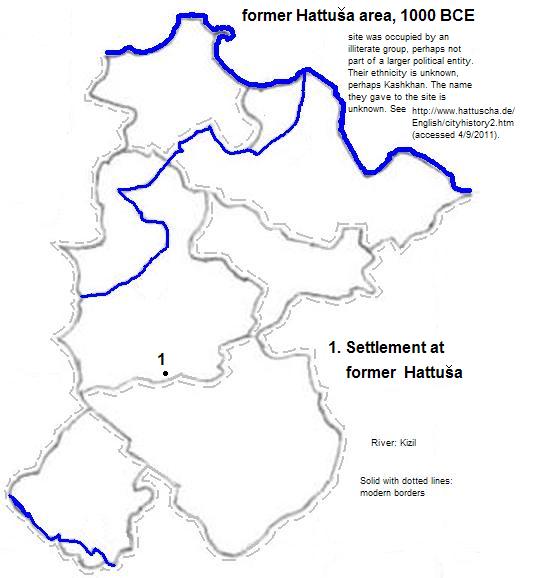
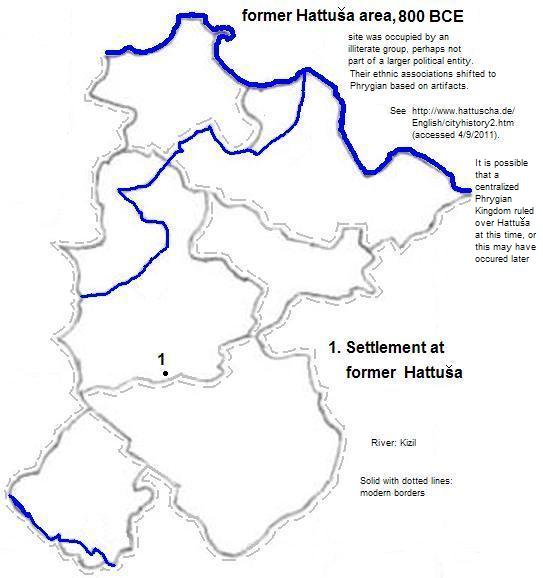
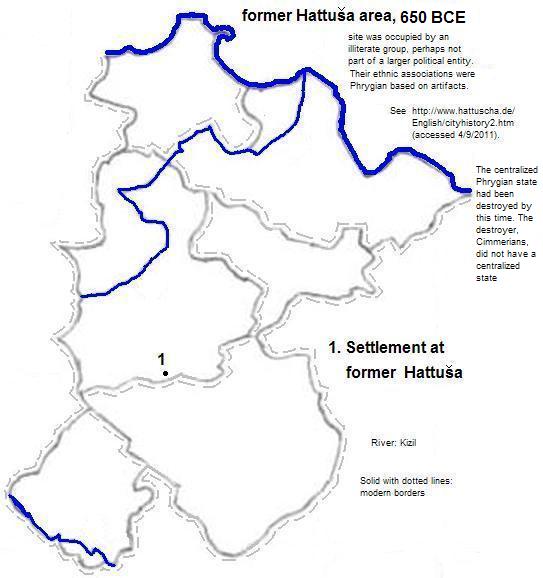
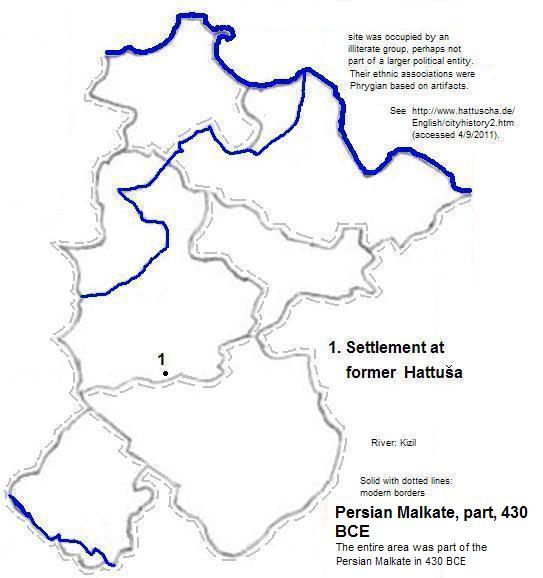
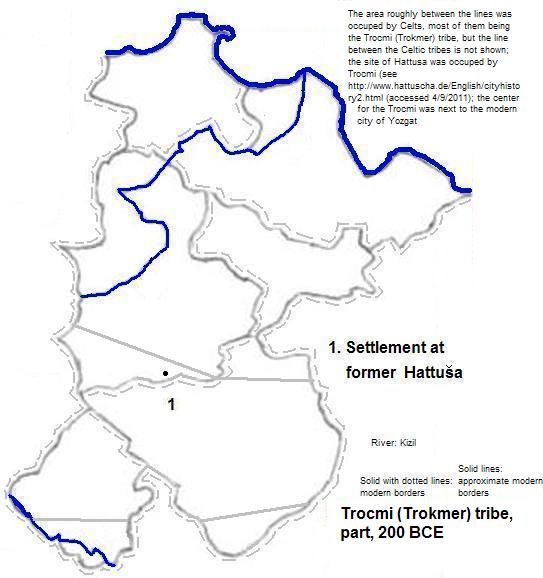
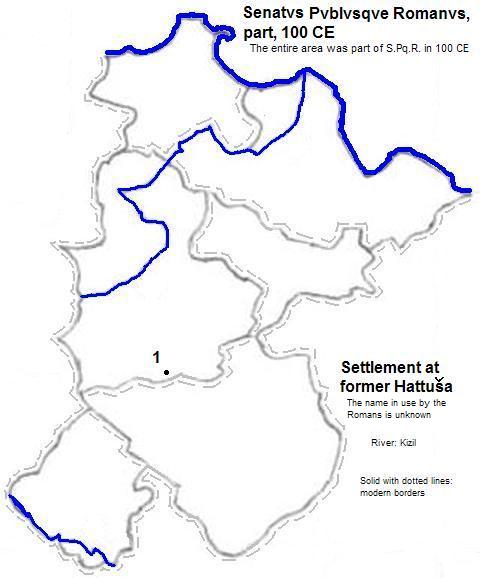
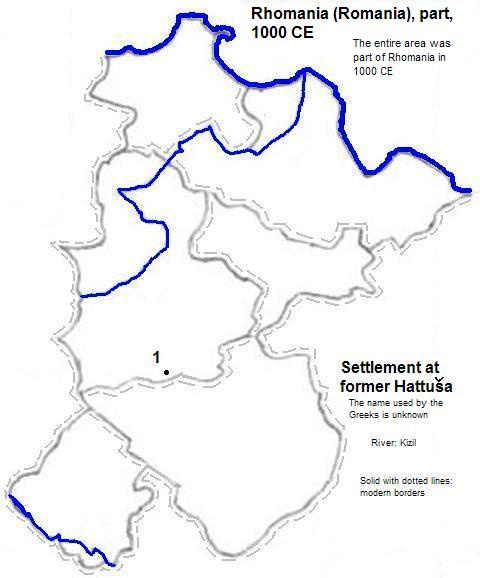
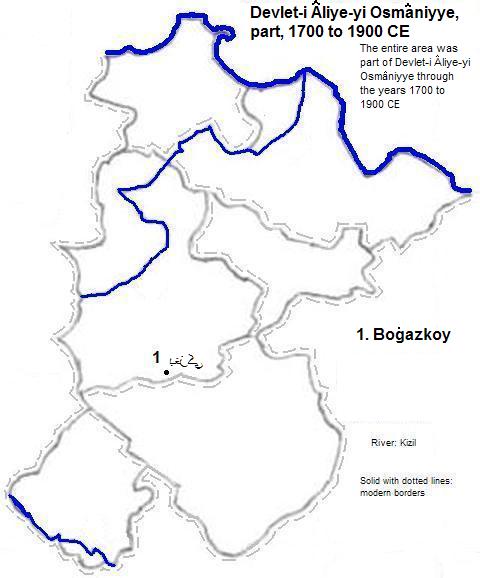
1. The written form during the literate period of the Hittites transliterates as
2. Census 2000 and calculated estimate for 2010 in world-gazetteer.com, accessed 4/2 and 9/3/2011.
3. Estimates for all but 2000 in Tables of the World's Largest Cities, in Tertius Chandler, Four Thousand Years of Urban Growth, 2nd ed. (The Edwin Mellen Press, 1987). In 1600, 1360 and 1200 BCE it was the largest city in what is now Türkiye (Turkey). In 1600 BCE it was the fourth, and in 1360 and 1200 BCE, the second largest city in the world.
4. Chandler puts the city's rank between "Babylon" (Babilu) with 60 thousand residents and Susa with 25 thousand. The city was destroyed circa 1700 BCE and re-occupied by the Hittites, who made it their capital at the moment of re-occupation or later. Some put the movement of the capital somewhat after 1600 BCE; others ascribe the move to an earlier ruler whom not all agree existed. Given the prominence of the city in Chandler, it is probable he believed the city to be the capital in 1600, either because he used an alternate chronology for the reign dates or because he agreed that an earlier ruler moved the capital.